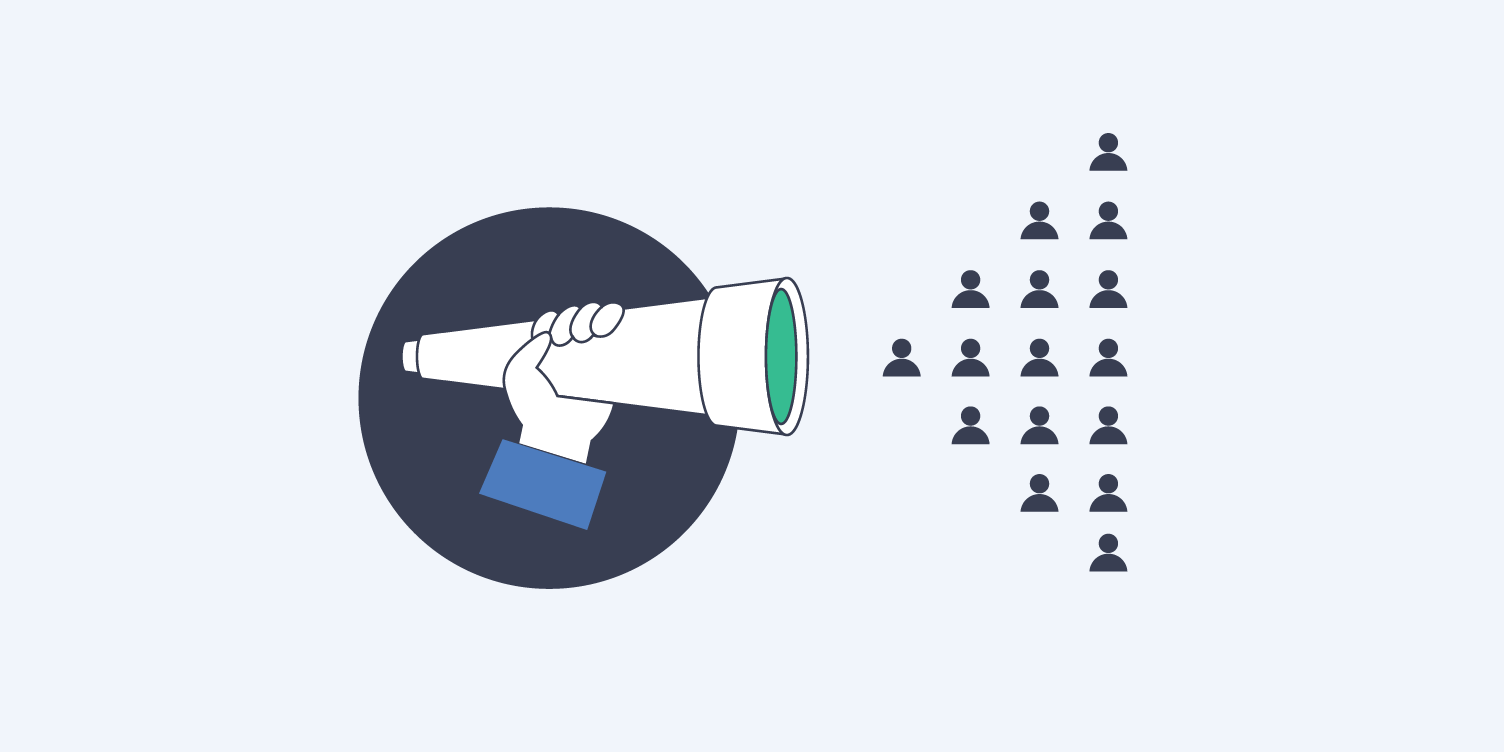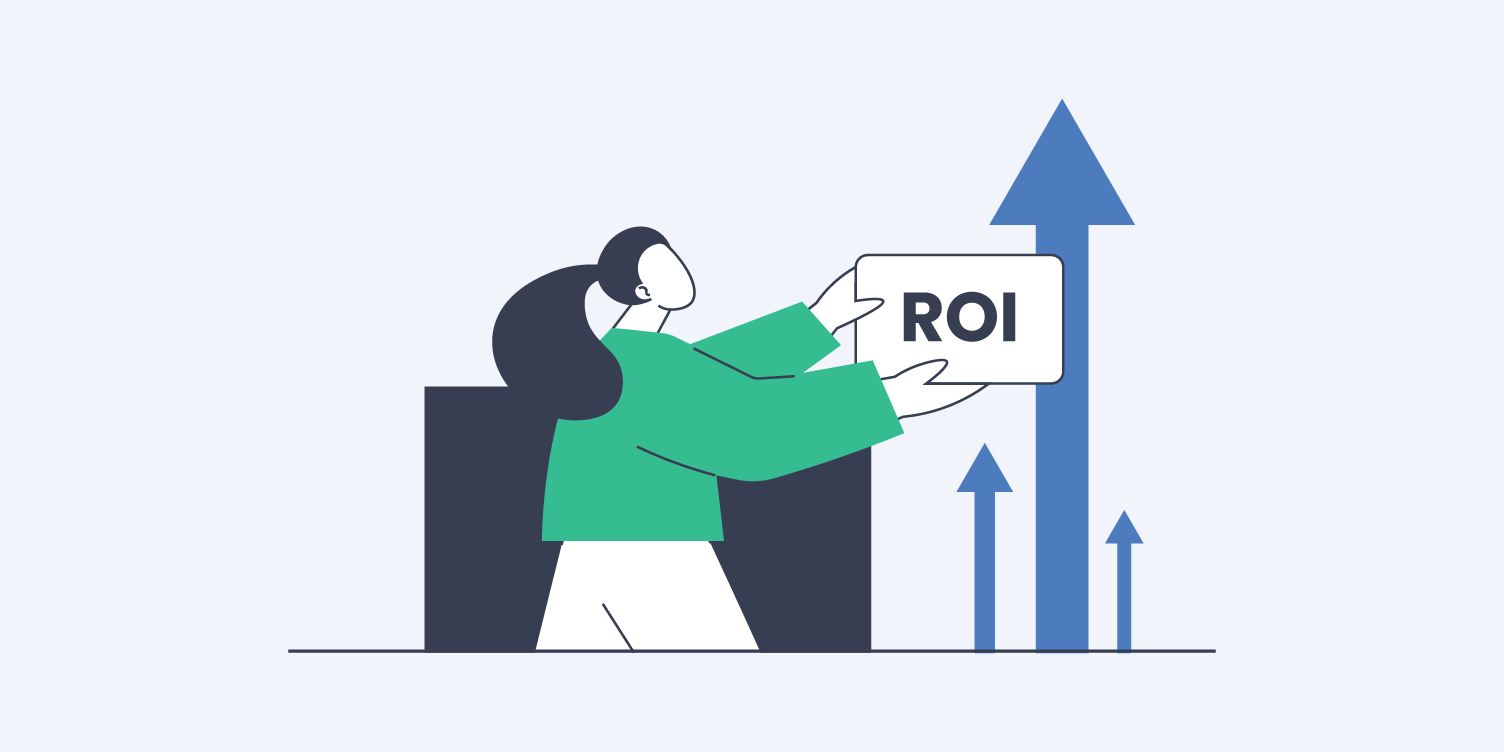This guide continues our affiliate marketing 101 series, where we guide you through the basics of life, auto, health, and solar affiliate marketing.
Did you know that 88% of homeowners have home insurance? Despite this, the demand for tailored policies remains high, creating opportunities for affiliates, who play an increasingly important role in purchasing decisions.
Unlike impersonal ads, their recommendations often come with real stories, reviews, and shared experiences.
Let’s see how you can become a part of this by starting an affiliate program.
Advantages of Home Insurance Affiliate Programs
| For insurance companies | For affiliates |
|
|
Success in marketing affiliate programs depends on many factors, including the quality of the materials presented, understanding the needs of the target audience, and the ability to build long-term relationships with customers.
How To Select The Best Affiliate Marketing Program for Beginners
Before running an affiliate program, pay attention to the following:
| The reputation of the insurance company | Rating, positive reviews, good image in the market, absence of open court cases |
| Rules related to payments | The amount of commission, the frequency of payments, the minimum threshold for withdrawal, and available payment methods |
| Provision of materials | Availability of advertising creatives to promote products/services, their number and variety |
| The insurance niche | The affiliate program should correspond to the home insurance industry |
| Technical support | Availability of a personnel manager, quality, efficiency of responses, working hours (24/7 or limited) |
| Flexibility of conditions | The ability to create an affiliate program, choose specific products for promotion and use methods of digital content generation |
In addition, we recommend that beginners:
- Focus on one type of insurance at a time
- Identify your target audience and their needs
- Use multiple promotion channels: social media, blogs, ads, and email
- Regularly monitor statistics using web analytics tools and adjust the strategy
Now that you know how to choose the best program, we will tell you about the next, no less important step, namely, how to run an affiliate program.
How To Start an Affiliate Program in the Home Insurance Niche
Step 1 – Registration
You register with the homeowner insurance affiliate program by coming to the company’s website and adhering to the instructions. You receive a specific affiliate link or code to promote in future posts and articles, as well as to track the success of your results.
Free advertising materials such as texts, videos, or banners are also provided.
Step 2 – Promote the Offer
Figure out how to promote your affiliate program. First, you must place an affiliate link on your website or social media, send it to your subscribers via email, or use other marketing channels.
To clearly understand the plan of action, review the terms and conditions of the home insurance affiliate program. Create engaging, accurate content using the provided advertising materials. Ensure it highlights the benefits of home insurance and resonates with your audience.

Step 3 – Follow the Customer’s Link
When a potential customer clicks your link, they may complete a targeted action based on the affiliate program’s terms, such as:
- Taking out a policy
- Ordering an insurance service
- Exchange of personal contacts (email, phone number)
- Signing up for a consultation
- Subscribing to a newsletter
- Extending an existing policy for the next year, etc.
Once the user has completed the targeted action, this information is recorded in the analytics or CRM system, which allows you to identify potential customers.
Step 4 – Payment of the Commission
After the client pays the first premium or performs another agreed action, you will be credited with a commission.
| Cost Per Action (CPA) | Receiving a reward for performing a specific action by a client (for instance, taking out a policy, paying the first premium, or undergoing a medical examination). |
| Cost Per Lead (CPL) | Charges for attracting a potential client who has left their contact details. |
| Cost Per Sale (CPS) | Receiving a percentage of the sale amount (i.e., the insurance premium). |
The amount of the payment depends on many factors, such as:
- Type of insurance. Compensation for different kinds of insurance (for example, fire, flood, theft) may differ.
- The amount of the insurance premium. The higher it is, the higher your commission will be.
- The duration of the contract. As a rule, a higher commission is paid for long-term contracts.
- The number of attracted home insurance leads. Many of the best insurance affiliate programs provide for an increase in the commission rate with sales growth.
- Special conditions of the program. Some companies offer additional bonuses or special offers for their partners.
This is not an exhaustive list of factors, and in fact, everything is calculated individually when it comes to commission calculation, as there are too many variables.
Monetize Your Traffic with Profitise
Profitise is a leading insurance and solar affiliate network for affiliates who are selling quality web leads and phone calls. With hundreds of businesses already joined and even more to come, Profitise is a to-go place to monetize your traffic.
With Profitise, you get:
- Embeddable JavaScript forms to generate qualified insurance and solar leads
- Large lead market to sell your traffic instantly
- High price for your web and call leads
- Free assistance from your affiliate manager
Sell leads with Profitise as an affiliate.
Frequently Asked Questions
How to run an affiliate program
To successfully participate in digital marketing affiliate programs, select the most effective ones, create high-quality content, actively provide affiliate links, and constantly improve your marketing efforts.
What is conversion in the context of home insurance affiliate marketing?
Conversion rate is a metric that reflects how successfully you convert visitors who click on your affiliate link into customers who purchase an insurance policy. In other words, it is the ratio between the number of clicks and transactions.
For example, if you had 1000 clicks on a link in a month and 50 people bought a policy, the conversion rate would be (50/1000) * 100% = 5%.
Once users have completed targeted actions, do they turn into insurance leads?
A lead is someone who has the ability to become a client. That is, it is a person who has shown interest in your product or service and left their contact details. However, not all targeted actions lead to a lead. For example, if a user browsed your website, it does not mean they are ready to buy.
Where can you look for affiliate programs in the home insurance niche?
Many popular companies offer their own programs. Additional details about them can be viewed on their websites. The programs are usually called “company name + program,” for example, Progressive Insurance home affiliate or Big Commerce affiliate program.














